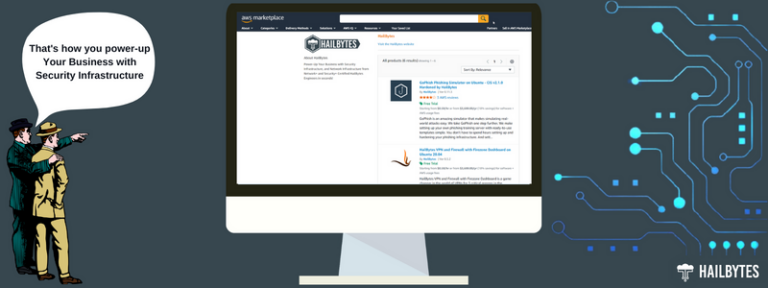Creating a Cybersecurity Policy: Safeguarding Small Businesses in the Digital Era

Introduction
In today’s interconnected and digitized business landscape, cybersecurity is a critical concern for small businesses. The increasing frequency and sophistication of cyber threats highlight the need for robust security measures. One effective way to establish a strong security foundation is by creating a comprehensive cybersecurity policy. This article explores the essential steps small businesses should take to develop an effective cybersecurity policy and safeguard their valuable assets from cyber threats
Access Your Risks
The first step in creating a cybersecurity policy is to assess the specific risks and vulnerabilities your small business may face. Identify the types of sensitive data you handle, such as customer information, financial records, or intellectual property. Evaluate potential risks, including malware attacks, phishing attempts, data breaches, or insider threats. Understanding your unique risk landscape will guide the development of appropriate security measures.
Establish Security Guidelines
Define clear security guidelines that outline how employees should handle sensitive data and use company resources. Specify password requirements, data encryption protocols, and guidelines for accessing company networks remotely. Emphasize the importance of regularly updating software, implementing multi-factor authentication, and being vigilant against social engineering tactics. Communicate these guidelines to all employees and ensure their understanding and adherence.
Implement Access Control
Access controls play a crucial role in preventing unauthorized access to sensitive information. Limit access privileges based on job roles and responsibilities, ensuring employees only have access to the data necessary to perform their duties. Implement strong authentication mechanisms, such as unique usernames and strong passwords, to ensure only authorized individuals can access critical systems and data.
Educate and Train Employees
Employees are the first line of defense against cyber threats. Provide comprehensive cybersecurity training to all employees to enhance their awareness and knowledge of potential risks. Educate them on best practices for identifying phishing emails, using secure browsing habits, and protecting sensitive data. Regularly update training programs to address emerging threats and reinforce cybersecurity awareness within your organization.
Regularly Update and Patch System
Outdated software and systems can be vulnerable to known security vulnerabilities. Establish a process for regularly updating and patching software, operating systems, and security tools. Enable automatic updates whenever possible to ensure the latest security patches are installed promptly. Regularly check for firmware updates on network devices and ensure they are applied promptly to mitigate potential risks.
Back up Data Regularly
Data loss can have a significant impact on small businesses. Implement a regular data backup strategy to ensure critical business information is protected. Regularly back up data to offsite or cloud storage solutions, and test the restoration process to verify the integrity and effectiveness of your backups. Consider using encryption to protect sensitive data during storage and transmission
Monitor and Respond to Incidents
Implement monitoring tools to detect potential security incidents in real-time. Establish an incident response plan outlining the steps to be taken when a security incident occurs. Designate responsible individuals and define their roles and responsibilities during incident response. Regularly review and update the incident response plan to address evolving threats and technologies.
Regularly Review and Improve the Policy
Cyber threats and technologies evolve rapidly, so it is crucial to regularly review and update your cybersecurity policy. Conduct periodic audits to evaluate the effectiveness of your security measures and identify areas for improvement. Stay updated on emerging threats and industry best practices to ensure your policy remains robust and relevant.
Conclusion
Small businesses are not immune to cyber threats, and taking proactive steps to establish a cybersecurity policy is essential. By assessing risks, establishing security guidelines, implementing access controls, educating employees, regularly updating systems, backing up data, and monitoring incidents, small businesses can enhance their security posture and protect their valuable assets. A well-defined and regularly reviewed cybersecurity policy will serve as a roadmap to safeguard your business against evolving cyber threats and ensure the trust and confidence of your customers.









